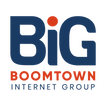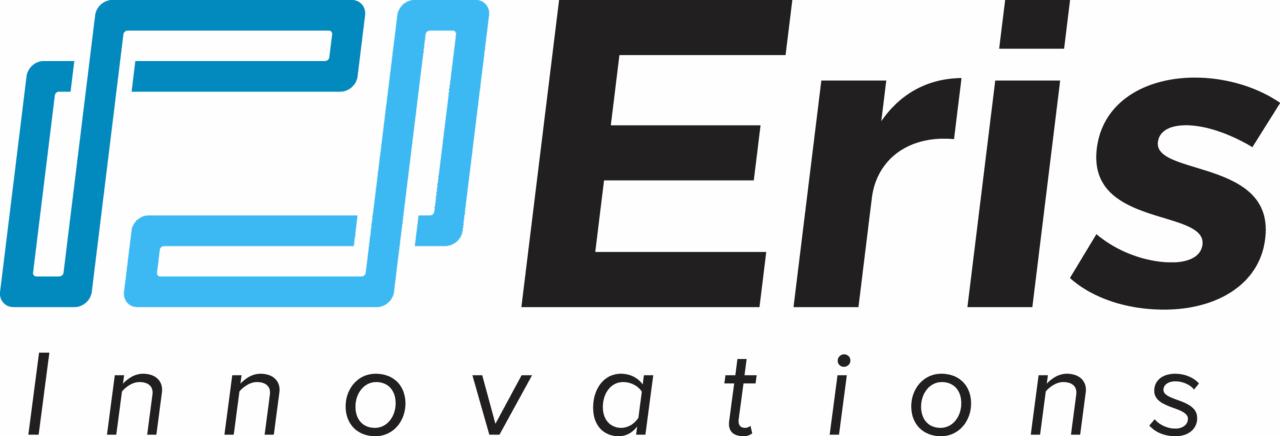More than a dozen employees at Wells Fargo’s wealth and investment management unit were fired in May for allegedly faking productivity. Banking Dive reporter Gabrielle Saulsbery covered the dismissals of the alleged “mouse jigglers.”
According to disclosures filed with the Financial Industry Regulatory Authority (FINRA), these employees were “…discharged after review of allegations involving simulation of keyboard activity creating impression of active work.”
The move underscores the increasing scrutiny and stringent measures being adopted by companies to monitor employee productivity, particularly in the era of remote work.
Firing Mouse Jigglers Raises Concerns about Remote Work Monitoring
The fired employees were reportedly using “mouse jigglers”—devices that prevent computers from going into sleep mode by simulating user activity. These devices have gained popularity with the rise of remote work spurred by COVID-19 and are available on platforms like Amazon.
A Wells Fargo spokesperson commented on the situation, stating that the bank “…holds employees to the highest standards and does not tolerate unethical behavior.” At least one of the fired employees had been with the bank for more than seven years, highlighting the company’s firm stance on maintaining integrity.
Big Banks Crack Down on Remote Work Violations
Wells Fargo is not alone in ramping up employee monitoring. Goldman Sachs and JPMorgan Chase have also implemented strict tracking measures.
JPMorgan, for instance, audits badge swipes and details the amount of time employees spend on tasks such as Zoom calls and responding to emails. Citi has instructed managers to discuss consequences with employees who fail to comply with the bank’s hybrid work policy, which requires three days of in-office work each week. This policy came into sharper focus as the bank reorganized, resulting in 7,000 job cuts by March.
Digital Surveillance Trend: Tools Tracking Workers Across Industries
Per the full story from Banking Dive, while the digital surveillance trend in the financial sector has garnered much attention, it’s not the only area experiencing this shift.
In 2022, The New York Times reported on the growing use of digital tools by employers to track productivity. Barclays faced criticism in 2020 for allegedly monitoring employee productivity and sending reminders like, “Not enough time in the zone yesterday.”
As companies adapt to remote and hybrid work models, they are likely to continue developing and implementing new methods to monitor and ensure employee productivity. This trend reflects a broader shift toward stringent oversight and the use of technology to maintain accountability in a dispersed workforce.



















